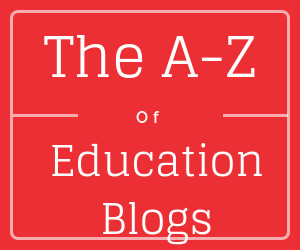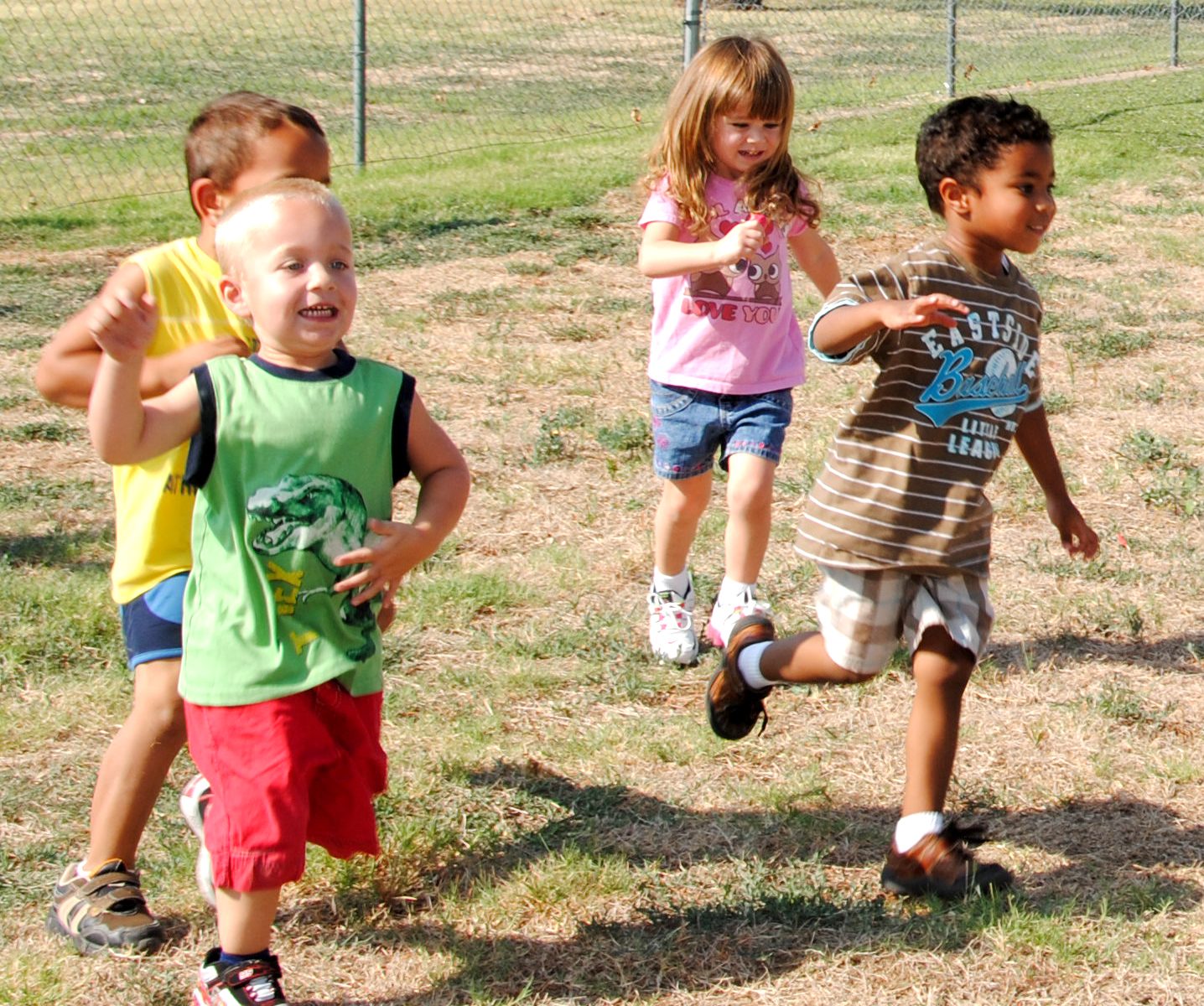When choosing an instructional model, teachers seek strategies that help students gain a complete understanding of new concepts. They aim to engage students, motivate them to learn, and guide them toward skill development. One of the ways to do that is by incorporating inquiry-based approaches like the 5E Model, which is grounded in active learning.
Research suggests that there is a set order of events that facilitates learning, known as a learning cycle. Educators J. Myron Atkin and Robert Karplus argued in 1962 that effective learning cycles involve three key elements: exploration, term introduction, and concept application. “In their scheme, exploration allowed the learners to become interested in the subject at hand, raise questions, and identify points of dissatisfaction with their current understanding. Introduction of new ideas and terms, primarily by the instructor, but negotiated by both instructor and students, followed. Finally, concept application provided learners with opportunities within the classroom to apply their new ideas, try out their new understandings in novel contexts, and evaluate the completeness of their understanding,” according to Kimberly D. Tanner in the article “Order Matters: Using the 5E Model to Align Teaching With How People Learn.”
Theoretical Foundations
The findings of Atkin and Karplus directly informed the creation of the 5E Model, which focuses on allowing students to understand a concept over time through a series of established steps, or phases. These phases include Engage, Explore, Explain, Elaborate, and Evaluate. The 5E Model, developed in 1987 by the Biological Sciences Curriculum Study, promotes collaborative, active learning in which students work together to solve problems and investigate new concepts by asking questions, observing, analyzing, and drawing conclusions.
The 5E Model is based on the constructivist theory to learning, which suggests that people construct knowledge and meaning from experiences. By understanding and reflecting on activities, students are able to reconcile new knowledge with previous ideas. According to subject matter expert Beverlee Jobrack, “Educational movements, such as inquiry-based learning, active learning, experiential learning, discovery learning, and knowledge building, are variations of constructivism.”
In the classroom, constructivism requires educators to build inquiry, exploration, and assessment into their instructional approach. In many ways, this means the teacher plays the role of a facilitator, guiding students as they learn new concepts.
The Model Explained
The following is an overview of the five phases of the 5E Model.
Engage
In the first phase of the learning cycle, the teacher works to gain an understanding of the students’ prior knowledge and identify any knowledge gaps. It is also important to foster an interest in the upcoming concepts so students will be ready to learn. Teachers might task students with asking opening questions or writing down what they already know about the topic. This is also when the concept is introduced to students for the first time.
Explore
During the exploration phase, students actively explore the new concept through concrete learning experiences. They might be asked to go through the scientific method and communicate with their peers to make observations. This phase allows students to learn in a hands-on way.
Explain
This is a teacher-led phase that helps students synthesize new knowledge and ask questions if they need further clarification. For the Explain phase to be effective, teachers should ask students to share what they learned during the Explore phase before introducing technical information in a more direct manner, according to “The 5E Instructional Model: A Learning Cycle Approach for Inquiry-Based Science Teaching.” This is also when teachers utilize video, computer software, or other aides to boost understanding.
Elaborate
The elaboration phase of the 5E Model focuses on giving students space to apply what they’ve learned. This helps them to develop a deeper understanding. Teachers may ask students to create presentations or conduct additional investigations to reinforce new skills. This phase allows students to cement their knowledge before evaluation.
Evaluate
The 5E Model allows for both formal and informal assessment. During this phase, teachers can observe their students and see whether they have a complete grasp of the core concepts. It is also helpful to note whether students approach problems in a different way based on what they learned. Other helpful elements of the Evaluate phase include self-assessment, peer-assessment, writing assignments, and exams.
Application and Effectiveness
The 5E Model is most effective when students are encountering new concepts for the very first time because there is opportunity for a complete learning cycle. According to co-creator Rodger W. Bybee, the 5E Model is best used in a unit of two to three weeks in which each phase is the basis for one or more distinct lessons. “Using the 5Es model as the basis for a single lesson decreases the effectiveness of the individual phases due to shortening the time and opportunities for challenging and restructuring of concepts and abilities—for learning,” Bybee explains. And if too much time is spent on each phase, the structure isn’t as effective and students may forget what they’ve learned.
According to The BSCS 5E Instructional Model: Origins and Effectiveness, “The sustained use of an effective, research-based instructional model can help students learn fundamental concepts in science and other domains.” The following research findings illustrate the positive impact of the 5E Model in classrooms:
- One study showed that the 5E Model caused “a significantly better acquisition of scientific conceptions…than traditional instruction,” according to Biochemistry and Molecular Biology Education.
- One study found that the 5E Instructional Model significantly increased learning and retention of science lessons.
- The International Journal on New Trends in Education and Their Implications found the 5E learning cycle model positively affects student achievement and the permanence of knowledge.
The 5E Model allows educators to create a unique learning experience for students. Teachers who can incorporate instructional models like the 5E Model into their classrooms help students build a strong foundation of knowledge through active participation.
Lesley University’s online Master of Education programs equip teachers with the knowledge and tools to effectively educate students in the modern classroom. With specialized degrees in mathematics education, science in education, and more, Lesley offers opportunities for educators to deepen their understanding of current approaches and hone their teaching skills and assessment strategies. Learn more about Lesley’s online education programs.







